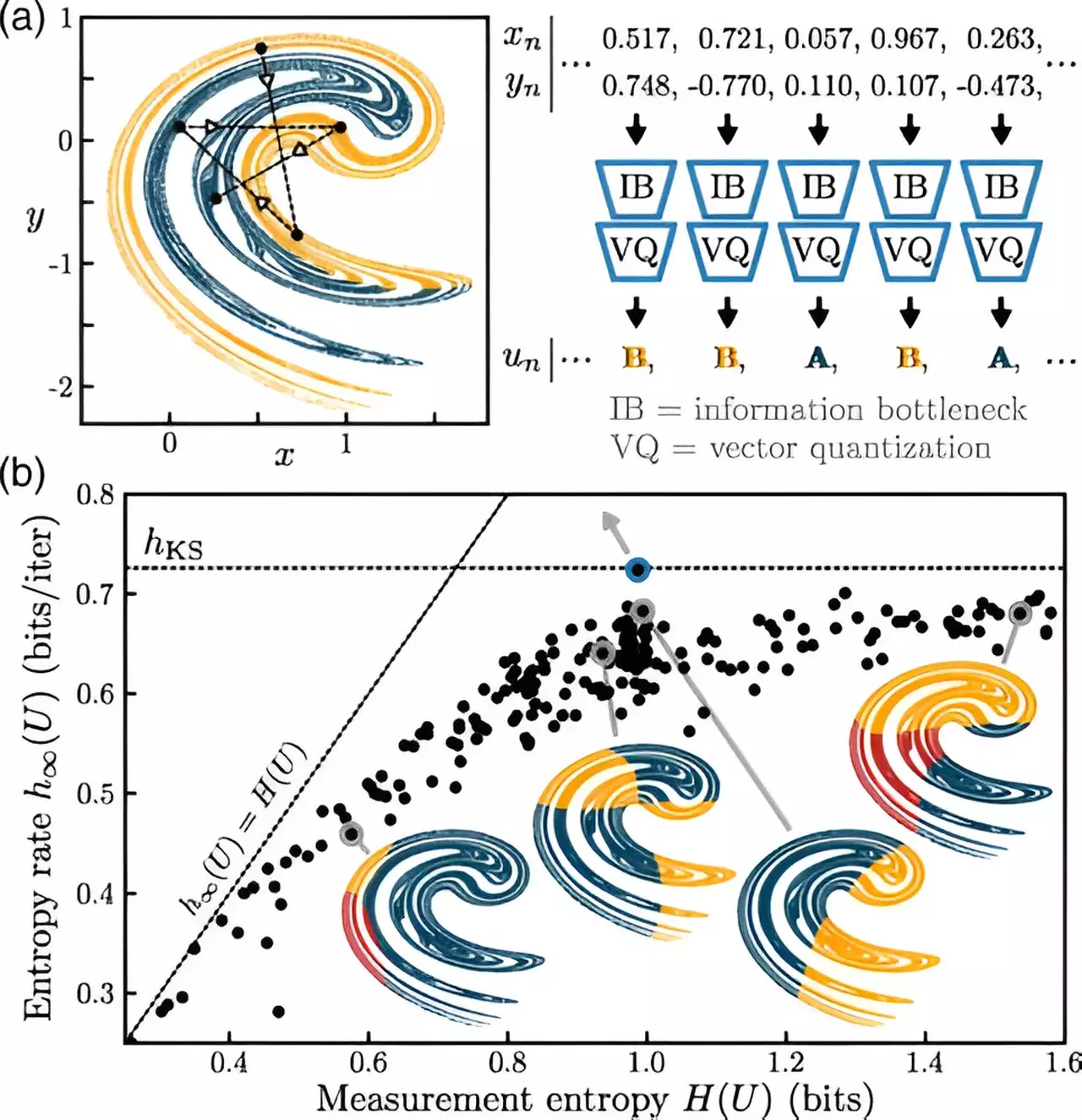Chaos is an intricate concept that has captured human interest for centuries. Be it the erratic patterns of the weather, the unpredictable movements of celestial bodies, or the fluctuations within biological populations, chaotic systems challenge our intellect and provoke a desire to comprehend their underlying structure. This quest for understanding has led to the recognition that, regardless of our scientific advancements, these systems remain intractable. The non-linear nature of chaos compels us—the more we seek to predict the future, the more elusive clarity becomes. Enter machine learning, a tool poised to bridge the gap in our understanding of these chaotic phenomena.
The Leap from Traditional Models to Machine Learning
Traditionally, researchers have relied on classical mathematical models, such as Lyapunov exponents, to make sense of chaotic systems. These methods provide a framework for understanding how small changes can lead to drastically different outcomes. However, they often necessitate either exhaustive data collection or an intimate familiarity with governing equations. Machine learning, with its capacity to sift through immense datasets and extract meaningful patterns, marks a significant evolution in this area of study. By leveraging deep learning algorithms, researchers like Dani S. Bassett and Kieran Murphy are able to capture the essence of chaotic systems, transforming the way we interpret data.
In their recent research, they focus on refining the measurement of chaos rather than merely attempting to predict it. Utilizing machine learning, they analyze classic chaotic models devoid of noise or external conditions, allowing them to create an almost perfect metric for chaos. This method does not just approximate predictions; it distills complex interactions into singular measurements, thereby paving the way for a more thorough understanding of chaotic dynamics.
Information Creation: The Key to Unlocking Chaos
At the heart of Murphy and Bassett’s investigation lies the concept of “information creation.” In chaotic systems, information is not static; it fluctuates, emerges, and often disappears—a characteristic that complicates our understanding. Imagine the classic game of “telephone,” where messages transform as they pass from person to person. In chaos, the loss and generation of information become pronounced over time, complicating any forecasting efforts across extended periods. This research aspires to create “information maps” of real-world systems, pinpointing the sources and evolution of information—a vital endeavor for fields as diverse as meteorology and ecology, as well as for applications in healthcare.
By innovatively applying machine learning to analyze these dynamically rich environments, Murphy’s work seeks to distill complex multivariate interactions into coherent insights. Instead of viewing systems as static entities assessed at singular moments, he envisions a framework that understands systems as ever-fluctuating, incorporating temporal dynamics as a variable in its analysis.
Revolutionizing Applications: Real-World Impacts
The implications of this research extend far and wide. In the realm of weather forecasting, for instance, improving our ability to understand and predict chaotic systems can lead to enhanced predictive capabilities that go beyond the current limitations of a few days’ forecasts. With the aggressive growth of uncertainty over time, predicting weather patterns a month ahead has seemed increasingly implausible. Machine learning offers a window of hope, potentially allowing meteorologists to peer deeper into chaotic systems and navigate around these uncertainties.
Moreover, their findings may revolutionize the field of neurobiology, contributing to our understanding of intricate brain dynamics. For example, comprehending the information generation within the human brain could fundamentally shift how we approach mental health. Utilizing these same principles of chaos can aid in unraveling the complexities of brain function and mental health disorders, suggesting a path towards innovative therapeutic strategies.
The Quest for Understanding Chaos: A Human Imperative
At the core of Murphy and Bassett’s endeavor lies humanity’s intrinsic desire for understanding and predictability, a desire that often stands in stark contrast to the chaotic fabric of nature. While an absolute forecast of chaotic systems remains an unattainable ideal, the continuous pursuit of knowledge in this arena nurtures growth in various fields—an exploration not only motivated by the desire for prediction but also by the possibility of creative interpretation of data.
As the journey unfolds, it is clear that the utilization of machine learning in chaos research is not merely an academic exercise, but a vital tool that can reshape how we perceive and interact with our environment. The many layers of chaos beckon, and by harnessing sophisticated technologies such as machine learning, we may inch closer to demystifying these complexities, ultimately enriching our lives and fostering innovative solutions to persistent global challenges.


Leave a Reply